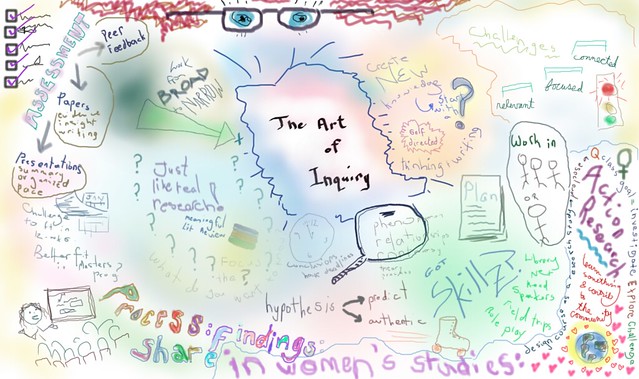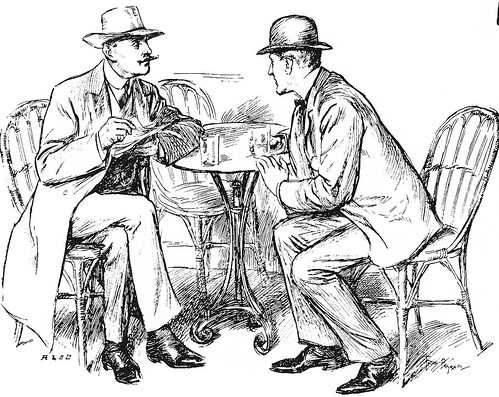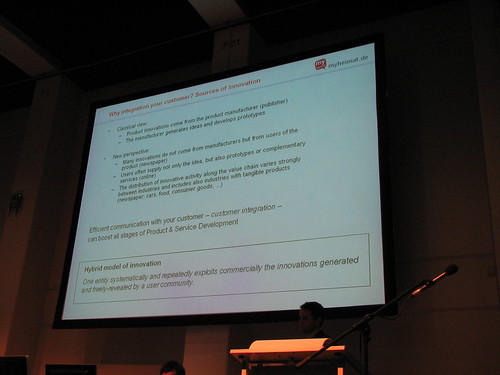Micah Sifry of Tech President published the text of his remarks at the As Darkness Falls conference. You should, by all means, go and read the full text. If bite-sized morsels are more your thing, I present some highlights below. Micah and I have had occasion to meet a few times, and I admire his work tremendously. He mentions the Sunlight Foundation, and their tools should find their way into any classroom.
On the goals of openness:
Somehow, we have to be for open government and against the deep state at the same time. One might say that this isn’t a contradiction, that actually these are two sides of the same coin. And indeed, I think we are all seeking to expand the power of citizens to watch their government, and shrink the government’s ability to watch us back.
On the importance of networks and horizontal organizing:
Reed’s Law, which says that the power value of a network increase as you add more nodes to it, requires nodes in the network to have full capacity to play all the networking roles, including lateral ones. But at least in the US we have not had nearly enough horizontal organizing, with the result that our well known online political groups actually have much less power than it appears. They have big lists and the ability to make a quick splash in the media, raise money fast, and thus they appear to wield power. But for the most part their members don’t know each other, and thus there is a very thin level of engagement hidden by those huge numbers.
And something that felt good to read:
Changing the world is hard. There are no shortcuts.
Now, go read the full text.



